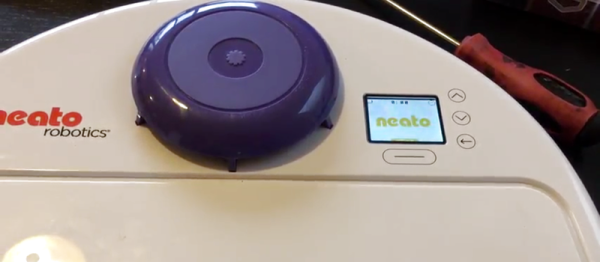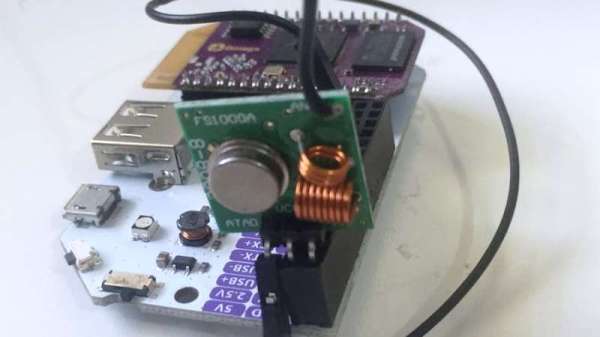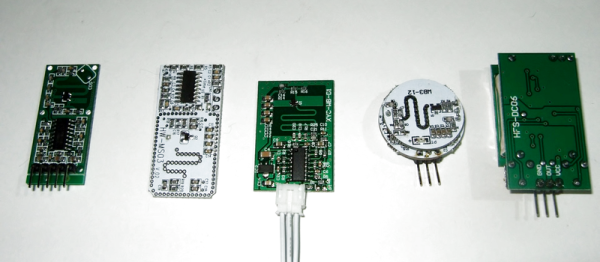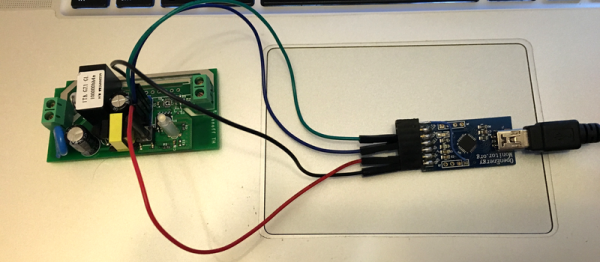The ESP8266 has found its way into almost everything now. With its tiny size, low price tag, and accessible programmer, it’s perfect for almost any application that requires WiFi. [HawtDogFlvrWtr] decided that will all of the perks of the platform, an ESP8266 was practically begging to be shoehorned into his automatic vacuum cleaner. This isn’t a Roomba, though, it’s a Neato that now has a custom WiFi interface.
The new WiFi modification comes with some additional features as well. First of all, it ditches the poorly designed default user interface (often the most annoying proprietary component of any consumer product). In addition, the vacuum can now be placed on a completely custom schedule and can also be deployed at the push of a button. Now that it has a custom interface, it can report its status over the network to a phone or other computer as well.
[HawtDogFlvrWtr] is still developing his project and it looking for some help beta testing his new platform. He also has how to videos on his project page if you’re in the process of tearing apart your own. There are many other ways of modifying vacuum cleaners to add other useful features as well.

















